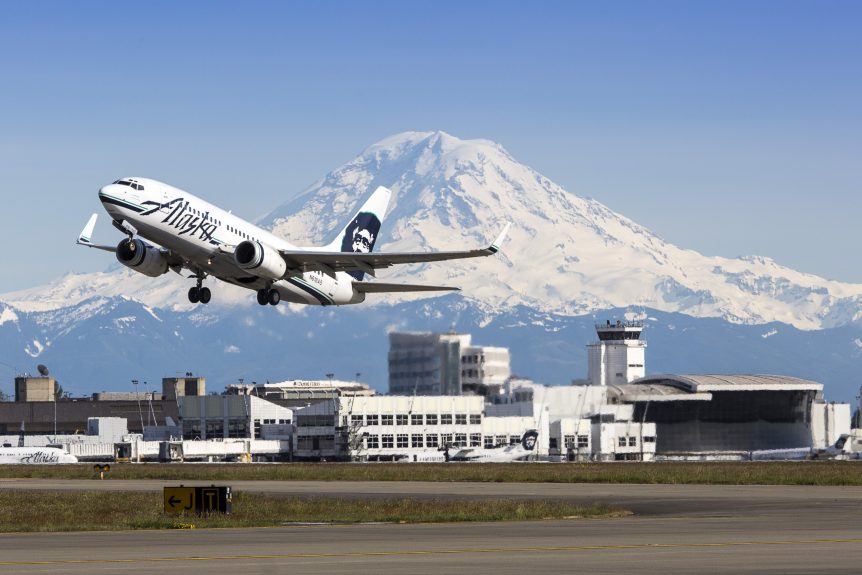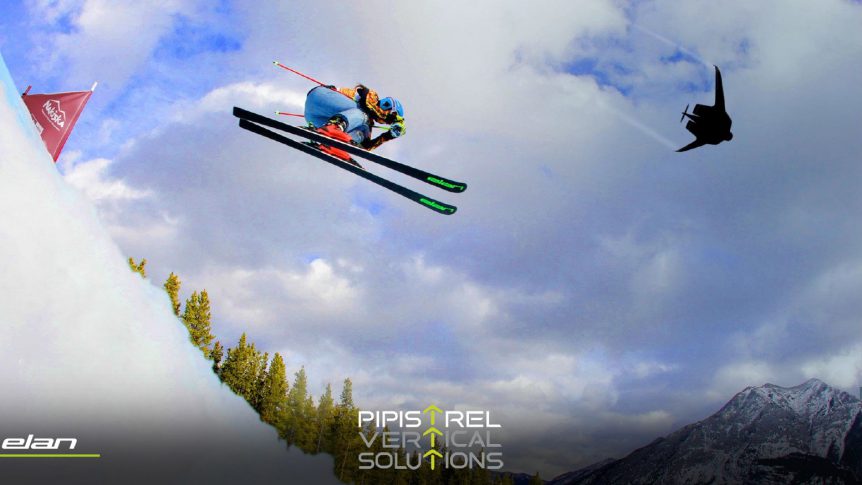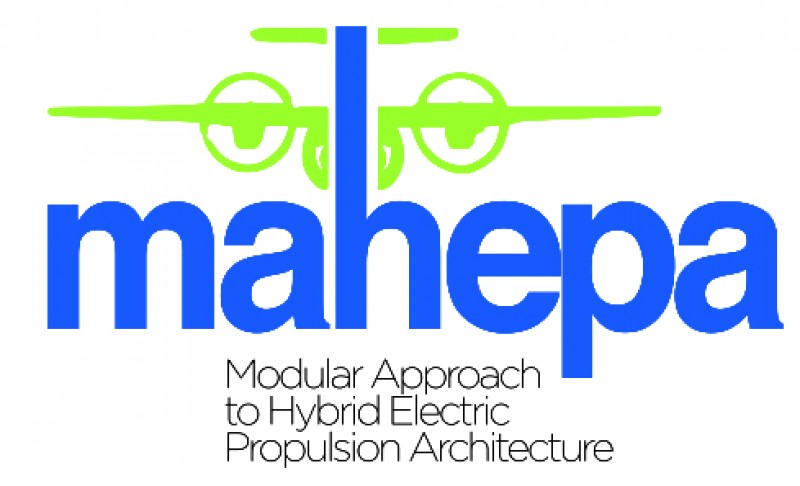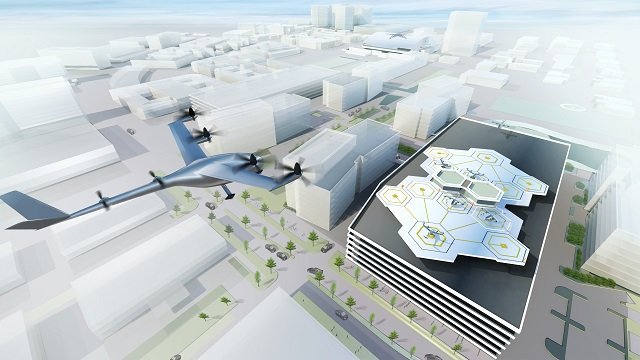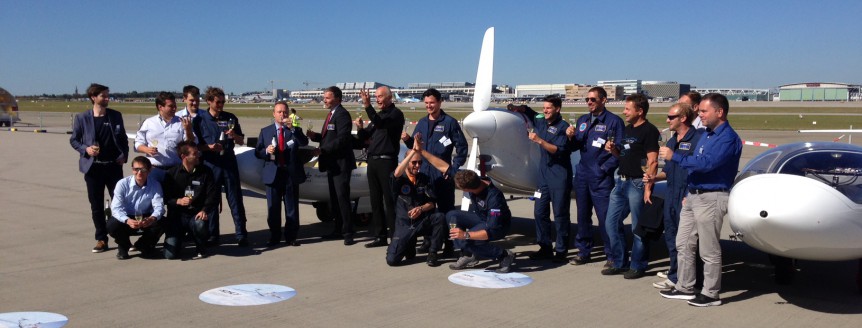The 2019 Sustainable Aviation Symposium is moving to a new date and location – and a new inclusiveness. The University of California, Berkeley Institute for Transportation Studies (ITS) will host the 2019 Sustainable Aviation Symposium (SAS) on October 7-8 of 2019. SAS 2019 is focused on safe, quiet, electric aviation solutions to the most pressing problems of our age: climate change, urban surface gridlock, and the need for integrated community and urban planning to enable high proximity aviation at meaningful scale. Dr. Jasenka Rakas, founder and head of the Airport Design Studio at the University of California at Berkeley, and Sustainable Aviation Foundation founder and President Dr. Brien Seeley will co-chair the meeting that will present a challenging review of aviation’s green future. This year’s symposium will convene thought leaders to answer these core questions: Which systems will win a dominant share of the market and why? How will “urban air vehicles” be made “airline-safe” and autonomous? What new technologies are …
Biofuels from Many Sources
We’ve looked at an array of different biofuel sources ranging from used cooking oil and algae to farm and municipal waste. This is essential as the percentage of airline emissions becomes a bigger part of our overall greenhouse gas situation. The Guardian reports, “A 2017 estimate said air travel accounted for 2.5% of all carbon dioxide emissions, with the total emissions expected to quadruple by 2050.”We’ll look here at how some of the early efforts have panned out and examine a late-breaking surprise or two. Mustard Seeds? According to the Guardian, “A Qantas plane powered partly by mustard seeds has become the world’s first biofuel flight between Australia and the United States, after landing in Melbourne on [January 30, 2018].” A major test, the 15-hour flight used a blended fuel 10-percent of which came from the brassica carinata, a mustard seed used as a fallow crop between regular crop cycles. Qantas’ Boeing Dreamliner 787-9 “Reduced carbon emissions by 7 percent …
Referencing Uber’s Elevated Challenge
We can tell things are heating up in the electric aircraft marketplace. Established aircraft companies are investing (Boeing and Airbus for starters), growing numbers are planning for electrified and autonomous future flight (Uber Elevate Summit), and an absolute plethora of new designs are tumbling forth from an aeronautical cornucopia. Their video of an Uber sky taxi ride illustrates the charm of the idea. A Common Reference Uber provided two common reference eVTOL (electric vertical takeoff and landing) reference models for partners to emulate. Both seem to share a common passenger pod with an unusually long tail boom. Perhaps taking the 2011 Green Flight Challenge as his reference point, Mark Moore explained how Uber inspires others to give their best efforts to create several plausible vehicles. The American Institute of Aeronautics and Astronautics (AIAA) reports, “’We will never build a vehicle, but we want to make sure that our partners who are building vehicles are successful and that these aircraft are …
Pipistrel’s Tine Tomazic Tours West Coast for eVTOL
Visiting Los Angeles for UBER’s second Annual Elevate Summit on May 8, Tine Tomazic and Igor Perkon presented Pipistrel’s new electric vertical takeoff and landing (eVTOL) concept. As described in their press release, Pipistrel’s new design “utilizes dedicated propulsion systems for both cruising and vertical lift and embraces an aircraft styled family approach of eVTOL able to carry between 2 to 6 passengers.” Mark Moore, UBER’s Director of Engineering, attempted to find out about the “sauce” that helps make Pipistrel’s eVTOL concept unique, but was deflected by Tine’s response that the “airplane” (important distinction) would be a “cruise plus lift” machine, emphasizing speed of transit, but relying on electric power to provide vertical lift. He also noted that propulsion would be distributed. At the Sustainable Aviation Symposium on May 11, Tine did not talk about that matter, but gave an excellent review of Pipistel’s electric and hydrogen-powered aircraft, and the company’s ongoing efforts to achieve “green” aviation. They have been …
MAHEPA, Modularizing the Approach to Clean Flight
Pipistrel, itself flying pure electric and hybrid aircraft, has announced its participation in MAHEPA, a Modular Approach to Hybrid-Electric Propulsion Architecture. MAHEPA aims to,” reduce the gap between research and the production of low-emission propulsion technologies that would enable the achievement of environmental objectives in the field of aviation by 2050.” Mahepa’s first meeting, held May 15 and 16 at Pipistrel’s headquarters at Ajdovscina (Slovenia), helped define the direction for a major academic/industry project. Led by the aircraft manufacturer, in cooperation with Compact Dynamics, DLR (Germany’s equivalent of NASA), the University of Ulm, H2Fly, Politecnico di Milano, TU Delft and University of Maribor, project goals are impressive. – “To boost research in the field of low emission propulsion technology to open up possibilities for series production of greener airplanes in order to support European environmental goals in aviation.” This will result in “novel, modular and scalable hybrid-electric powertrains capable of running on alternative fuels or on hydrogen with zero emissions.” …
Uber Elevate Summit Announces Sky Taxis by 2020
A scad of news about electric aircraft hit the internet and newsstands last week. Even USA Today reported on the Uber Elevate Summit in Dallas, Texas – held with many of the participants in the 2017 Sustainable Aviation Symposium a few days before. Big news came from Uber’s announcement that it intends to offer electric VTOL (vertical takeoff and landing) air taxi service in Dallas and Dubai by 2020. Bigger news for SAS participants is that it is partnering with Pipistrel and Aurora Flight Sciences, both presenting at the San Francisco event. Jeff Holden, Uber’s chief product officer, said Bell Helicopters, Brazil’s Embraer, and Mooney Aircraft would also provide “concepts and technologies” for the near-term launch. According to Aviation Daily, “Aurora has already flown a quarter-scale model of its concept, using elements of the electric propulsion system flown in the subscale demonstrator for DARPA’s XV-24A LightningStrike high-speed VTOL aircraft.” Aurora’s concept for Uber is a two-seat eight-rotor (for vertical lift) …
Hybrid Aircraft – Several Empowering Possibilities
While we wait (with increasing patience or impatience depending on our personalities) for the next round of battery developments to make pure electric airplanes a reality, hybrid possibilities abound. The definition of “hybrid” might not be as coherent as those used for automobiles. Some “hybrids in this entry allow extended letdowns following a primary engine failure. In that case, the added electric motor/generator gives extra minutes to find a safe landing space. While both motor and primary engine are operational, the system acts much like an automotive hybrid system, both motor and engine combining outputs for added power, or the electrical portion recharging batteries while the engine maintains cruise power. Some are more like automotive serial systems, an engine-driven generator charging batteries which power the propulsion motor. Pipistrel, though the Hypstair project, has a 200-kilowatt (268-horsepower) unit ready for test flights in 2017, according to Tine Tomazic, Director of Research and Development. Several Flying Now Several years ago, Flight Design …
Pipistrel, Sino GA Sign Memorandum of Agreement
China has over one billion, four hundred million people. Slovenia has a little over two million. This population disparity has not kept Pipistrel d.o.o. Ajdovscina and Chinese company Sino GA Group Co. from signing a Memorandum of Understanding for a long-term joint-venture in the field of light and general aviation in the regions of China, East Asian countries and the Asian Pacific region. Pipistrel, led by General Manager Ivo Boscarol, has built many airplanes in its 27-year history (including over 800 of its Sinus/Virus series), and earned plaudits for its clean manufacturing and ethical management. It has led in development of electric motorgliders, an electric training aircraft, and a high-performance hybrid cruiser. It won the Green Flight Challenge in 2011 with a battery powered aircraft that managed to cruise at over 100 mph for 200 miles and returned 403.5 passenger miles per gallon. That airframe has been converted to hydrogen power and was flown in September in a 10-minute demonstration …
HY4 Makes First Public Flight – Your Editor Rides EAA’s Ford Trimotor
A day after Pipistrel, the DLR and associates flew the first public demonstration of their four-seat hydrogen-powered HY4, your editor and a friend took a brief hop around the Aurora State Airport in Oregon in EAA’s Ford Trimotor, the first certified airliner in America. The two events, roughly equal in duration, if not in historicity, demonstrate a readily observable progress in aeronautics. A quickening of design and technology 14 years after the Ford 5AT first flew on a scheduled route that took 51 hours total time to cross the United States (and split transport duties with trains), your editor’s father was whisked nonstop by Army Air Corps C-54 across the Atlantic to Shannon, Ireland, and then to Bobbington and Newquay, England to work on bombers for the duration of the conflict. Those 14 years seem like a major quickening of design and technology, which brought us pressurized cockpits, turbocharged engines, and great leaps forward in speed, endurance and reliability. Following the …
NASA Tests Pipistrel Systems To Aid Electric X-plane Program
Taja Boscarol of Pipistrel in Slovenia relays the information that NASA has tested Pipistrel’s electric propulsion system as part of its electric flight research for the X-57 program. It would seem reasonable to start by checking out Pipistrel’s well-tested motor package, one of the few that comes with fully-matched controller, batteries, and ancillary gear. NASA performed its tests on its 13.5-foot Airvolt stand at the Armstrong Flight Research Center at Edwards Air Force Base, California. Heavily instrumented, the Airvolt stand collects data through “high-fidelity sensors,” and transmits the collected information to a data acquisition unit that processes, records, and filters the measurements. NASA and Pipistrel should be able to make good use of this data. Normally installed on the Taurus Electro G2 motorglider, the Roman Susnik designed motor produces 40 kilowatts (53.6 hp.) at low rpm while producing high torque, an ideal combination for rapid climbs to soaring altitude. NASA will collect “torque and thrust measurements, high-fidelity voltage analysis, power …


